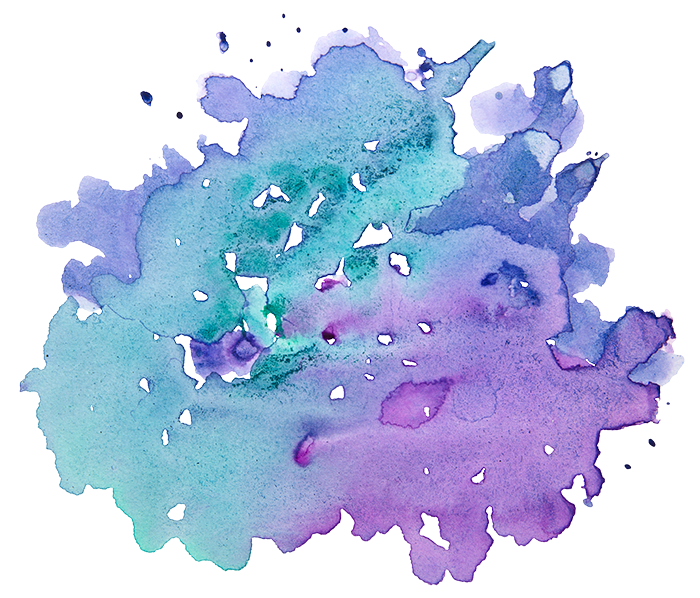by Hannah Taylor, Intern
This year, over my school break, I traveled to Spain with my family. Visiting Spain was something I had wanted to do ever since I was young. My grandfather was born in Spain and I felt a special connection to the country that I wanted to explore. When I first went to Spain, I wasn’t expecting to see much Jewish life—it’s rare enough to find public declarations of Judaism in countries other than Israel, and Spain has a particularly challenging history with its Jewish community. To my surprise, I was able to see several different elements relating to Judaism, including a mikveh from the middle ages. The Jewish museum that I visited in Girona, a city in the Catalonian region, had an entire display dedicated to the mikveh, organized out of what used to be the Jewish building in the area.
When I first walked into the exhibit, I stood on a wooden bridge that allowed me to look over and see the dry area that was used as the immersion site. Based on the space, it appears the mikveh occupied a square section of a large room with a bath in another section for individuals to prepare for immersion. A raked floor between the two allowed individuals to go between the sections. There was a trough for water collection that filled with rainwater for immersion. From the excavation records, it appears the mikveh was in the ground floor of the community’s synagogue.
The expulsion of the Jews from Spain in 1492 forced the community to sell their synagogue and, with it, their mikveh. It was astonishing to me that this center of Jewish life could be discerned some 500+ years later, and more so, that individuals had chosen to preserve and create a museum around it. Out of such an act of destruction—the expulsion of an entire community from their home—some small spark of good, this historic site, was able to be preserved. It reminded me that even across the globe (and across time), we can find communities close to home.
 Hannah Taylor is Mayyim Hayyim’s intern. She is a senior at Brandeis University double majoring in Near Eastern & Judaic Studies and Education Studies. She is originally from Needham, MA and her home congregation is Temple Beth Elohim in Wellesley. She has been a counselor, song leader, and unit head at URJ Eisner Camp in Great Barrington, MA. Last year Hannah studied abroad at Hebrew University in Jerusalem, Israel and was a member of The Nachshon Project, a program funded through the Legacy Heritage Fund for college juniors interested in Jewish professional work. In addition to interning at Mayyim Hayyim, Hannah is an Undergraduate Department Representative to the Near Eastern Judaic Studies department.
Hannah Taylor is Mayyim Hayyim’s intern. She is a senior at Brandeis University double majoring in Near Eastern & Judaic Studies and Education Studies. She is originally from Needham, MA and her home congregation is Temple Beth Elohim in Wellesley. She has been a counselor, song leader, and unit head at URJ Eisner Camp in Great Barrington, MA. Last year Hannah studied abroad at Hebrew University in Jerusalem, Israel and was a member of The Nachshon Project, a program funded through the Legacy Heritage Fund for college juniors interested in Jewish professional work. In addition to interning at Mayyim Hayyim, Hannah is an Undergraduate Department Representative to the Near Eastern Judaic Studies department.


